A few years ago, Mathew Browne visited Angkor Wat in Cambodia at dawn, just in time to see the sun’s first rays paint the sky shades of orange and pink. Dating back to the 12th century, this ancient temple is on nearly every photographer’s bucket list—and with good reason. But it’s no small feat to capture the beauty of this architectural marvel.
“Though this image is a picture of serenity, reality is a little less peaceful, as hundreds of photographers jostle for space behind the pond each day to capture this photo,” Mathew shared. Despite the challenges, he managed to distill the scene to its essence: the silhouette, the moving clouds, the crystal-clear reflection.
As his early-morning adventure to Angkor Wat suggests, making iconic pictures requires patience and creativity—especially if you’re visiting a famous spot. We dug into the vast 500px collection for other stories like this one. Travel back in time to ancient places, and gather some tips and tricks along the way.
“Easter Island is a Chilean island in the southeastern Pacific Ocean and famous for moai, monumental statues,” the photographer Kelvin Zhang writes. “It is still mysterious who built the moai.” On Rapa Nui (the local name for the island), there stand more than a thousand moai, built from volcanic stone, with the oldest dating back to 1300. Just this year, a new moai was discovered.
Robert Burgisser captured this evocative photograph at the Ring of Brodgar, a mysterious Neolithic stone circle in Orkney, Scotland. “Of the original 60 or so stones, 27 still remain,” Robert writes. “Small burial mounds have been discovered in the vicinity of Brodgar, suggesting that the stone circle had a ritual function.”
The exact date of the stone circle’s creation is unknown, but estimates place it in the vicinity of 2500 to 2000 BC. Last year, visitors were encouraged to take photographs of this site due to the threat of climate change and rising waters, which leaves it increasingly vulnerable. These photographs could help monitor the situation.
Anthony Murphy watched a sparkling night sky over Newgrange, a Stone Age tomb in County Meath, Ireland, which dates back more than 5,000 years. While much of its history remains a mystery, the tomb has revealed one of its secrets: in the 1960s, archeologists worked out that a window in the tomb was positioned exactly so that on the winter solstice, a beam of light illuminates the chamber.
Pro Tip: Plan your trip for the right season
Different places come to life during various seasons. Shirakawa-go in Japan, for example, transforms into a real-world snowglobe in winter, while many travel to Paris in springtime to see the cherry blossoms near the Eiffel Tower.
“One of the wonderful things about wintertime is that it provides more opportunities to photograph the monuments under the stars!” Antony writes from Ireland. “I dug this photo out of the previous winter’s archives to show you what kind of magical scene can be captured at Newgrange.”
Kukulkan Pyramid in Chichén Itzá, Mexico, photographed here during the “Kukulcan Night Show” by Alma Corres, is a testament to Maya astronomical knowledge. On the spring and autumn equinoxes, you can see a rare sight: a shadow that resembles a serpent. Alma created her own kind of shadow that night, playing with the light illuminating the pyramid.
In 2011, Nanci and David Curry left their jobs in California to travel the world. Along the way, they saw Sigiriya or “Lion Rock,” a rock fortress in Sri Lanka. Dating back to 477 AD, the site features the remains of marvels of gardening, art, and engineering.
It was originally built as a fortress and palace for King Kashyapa I, who was on the run after seizing the crown. Nanci and David stayed at a hotel in the jungle near the fortress; at sunset, they climbed the nearby Pidurangala Rock to capture this view.
Pro Tip: Find a different vantage point
Crowds can easily become overwhelming when visiting landmarks and tourist hotspots, so consider taking a different route from everyone else. While Nanci and David considered climbing Lion Rock itself, they opted instead for Pidurangala Rock after getting a tip from a local. Ask around to see if there are any perspectives you might have missed.
For the photographer Mark Millan, visiting Petra was a lifelong dream. Jordan’s “Lost City” was partially built and partially carved directly into the pink rock faces. The Treasury, for instance, was built in the first century BC and has been protected from the elements ever since because of its unique position on a canyon wall.
Pro Tip: Include a human element
While crowds can easily ruin a photograph, human figures can also help tell the story of a place, when done well. Once you find your perfect spot, keep an eye out for lone travelers, local visitors, and mysterious passersby. Some of the best photographs aren’t the result of careful planning but of chance and serendipity.
The figure in Mark’s photograph at Petra is a young boy, who was selling a flip-book with postcards. “Lucky my wife and I went there on a day when there weren’t that many people, which then allowed me to take this magical shot without anyone really there,” he remembers.
Nicole Cambré spotted this man holding his hand to the light while visiting one of the rock-hewn churches of Lalibela, Ethiopia. Each of the eleven churches that make up this place was carved from the same massive block of stone, with origins tracing back to the Zagwe Dynasty of the 12th century. People still travel great distances on foot to visit this location, known as a holy site.
Karnak Temple in Egypt, photographed here by Mustafa Karim, is a massive temple complex that was developed over the course of hundreds of years. Dating back 4,000 years to the Middle Kingdom (2080–1640 B.C.), the place is famous not only for its light and sound shows (which take place after dark) but also for its gorgeous natural sunlight during the daytime.
Pro Tip: Experiment with light and shadow
While the golden hours around sunrise and sunset are most popular when photographing landmarks, you can create something unexpected by visiting a site throughout the day and night as the light moves. If you can stay in the area for a few days, make several trips to see how the quality of light affects the overall scene.
Masada, photographed here by Mathew Browne, is a stone fortress standing around 1300 feet above the Dead Sea in Israel. Originally fortified by King Herod the Great, the fortress overlooks a breathtaking landscape that’s often been described as “lunar,” composed of endless desert sands and a glittering blue sea. Legend has it that this is where Jewish rebels made their last stand against the Roman army in 72 AD.
Pro Tip: Create depth
One thing you’ll see in several of Mathew’s photographs is the “frame within a frame” compositional technique, where elements in the foreground create a border around a more distant landscape. Whether it’s architectural elements (windows, doors) or natural ones (tree branches, flowers), consider your foreground. By including these elements, you can put an unexpected twist on a familiar landscape.
Not on 500px yet? Sign up here to explore more impactful photography.

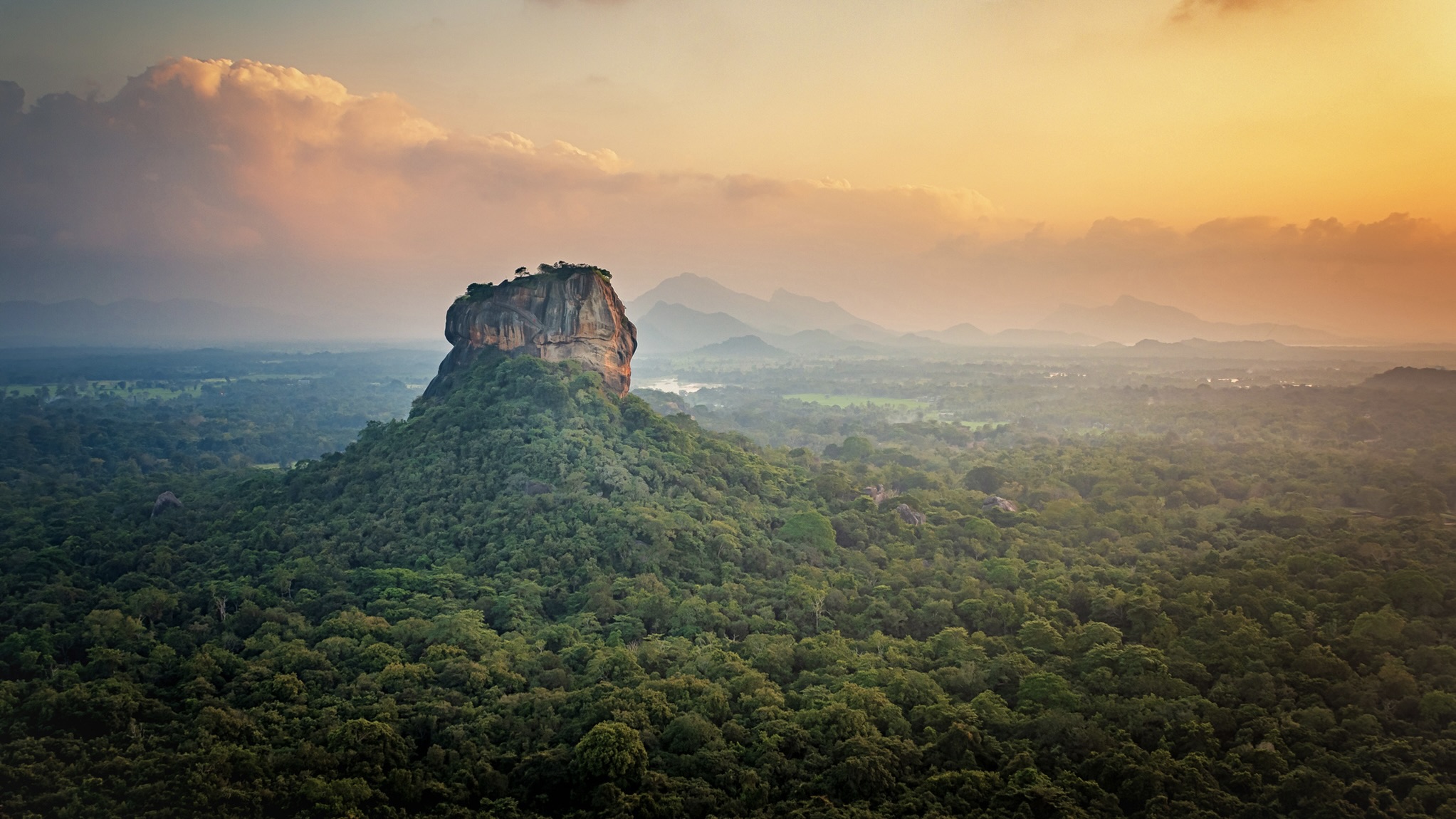
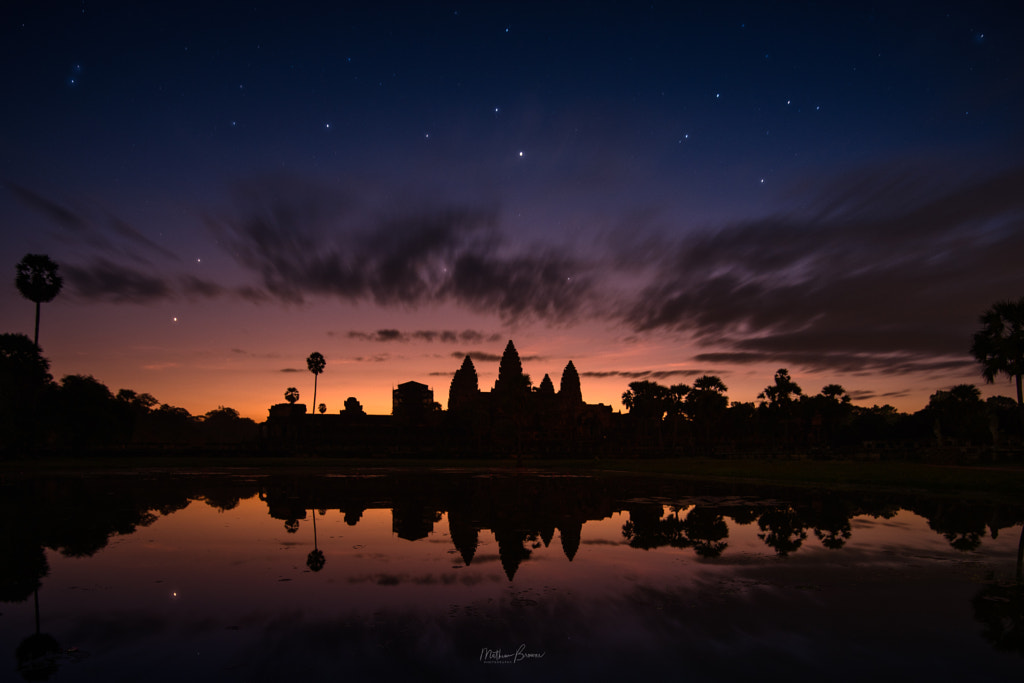
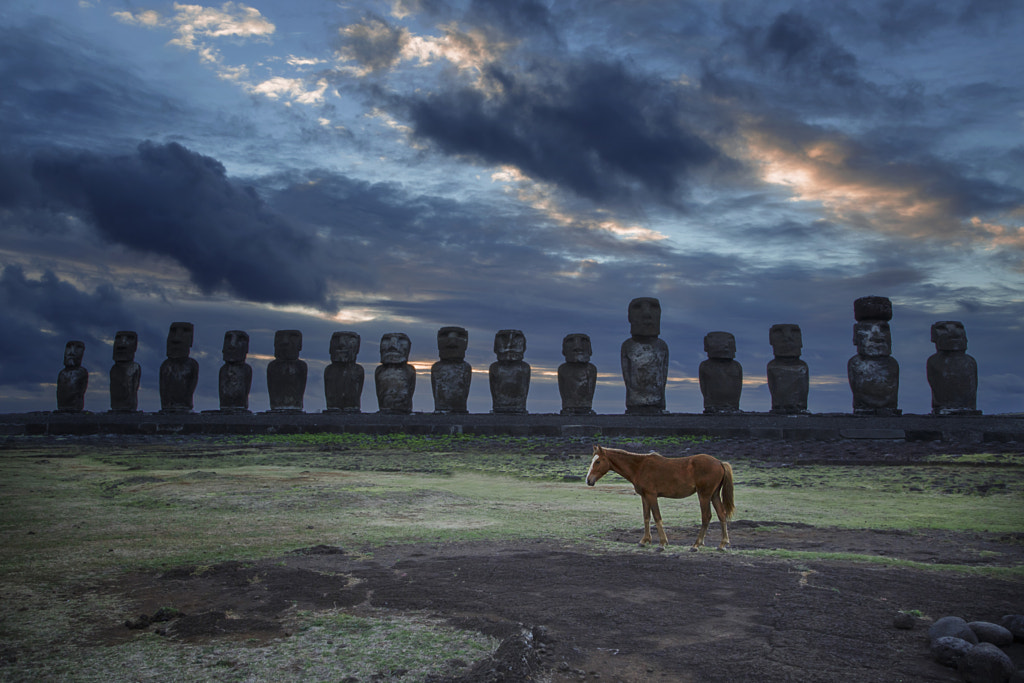


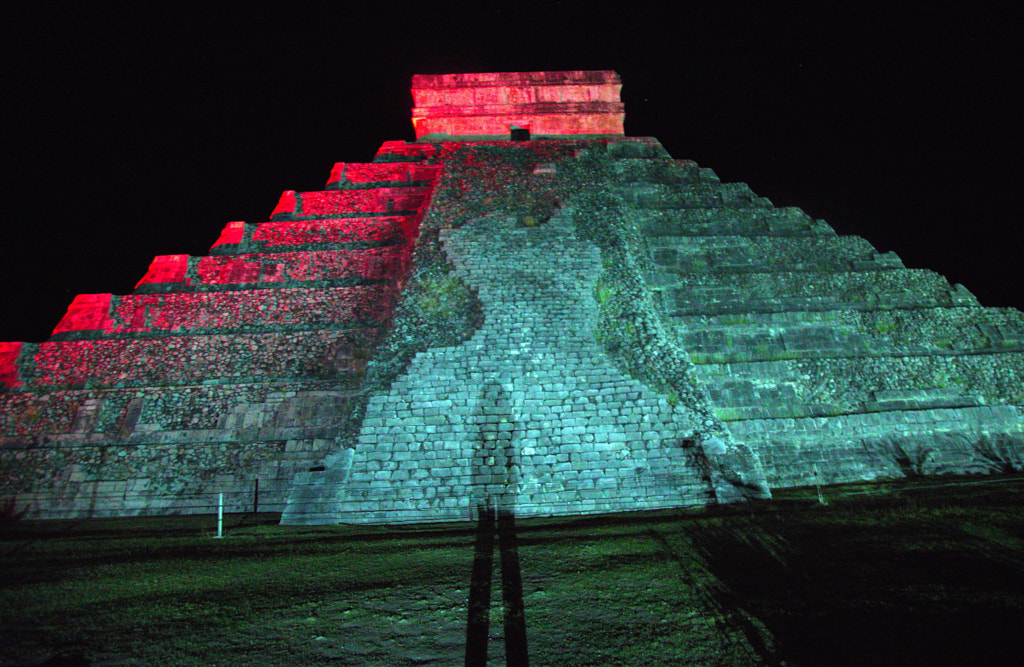
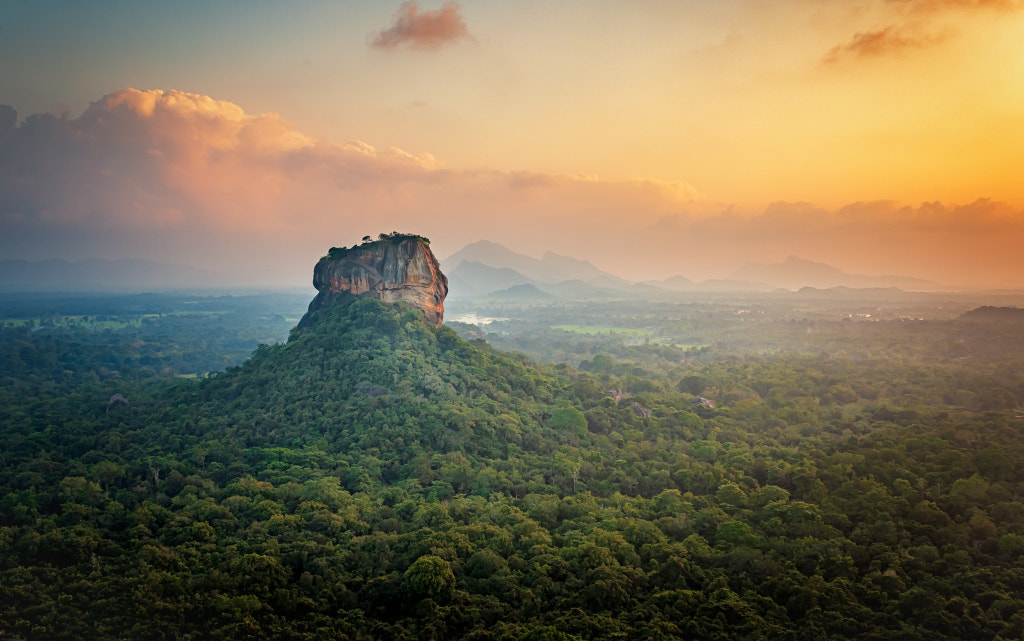
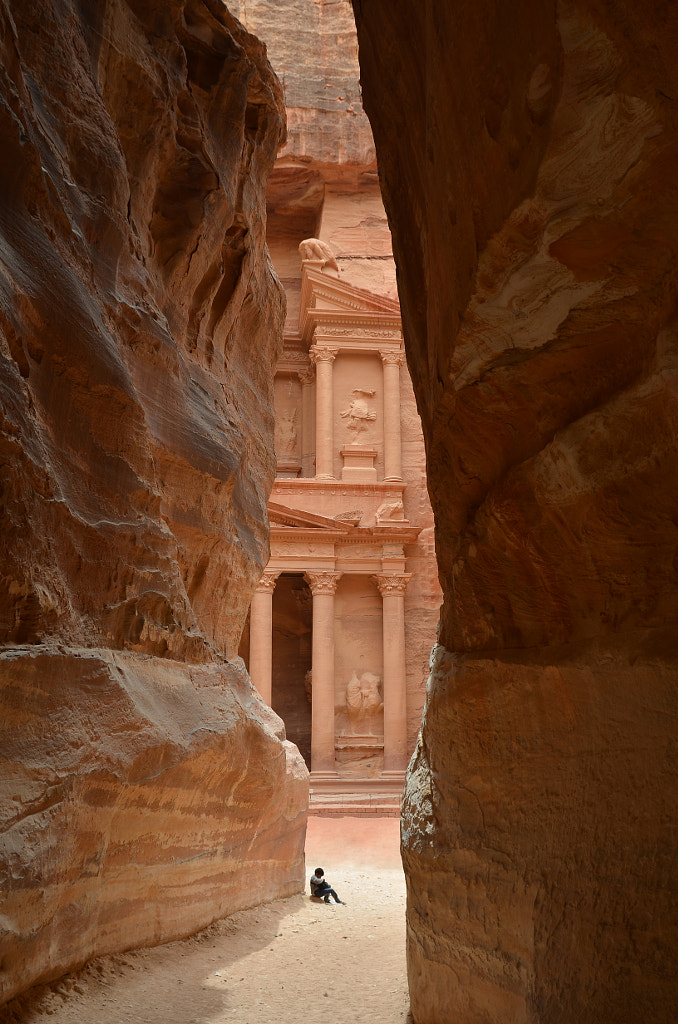
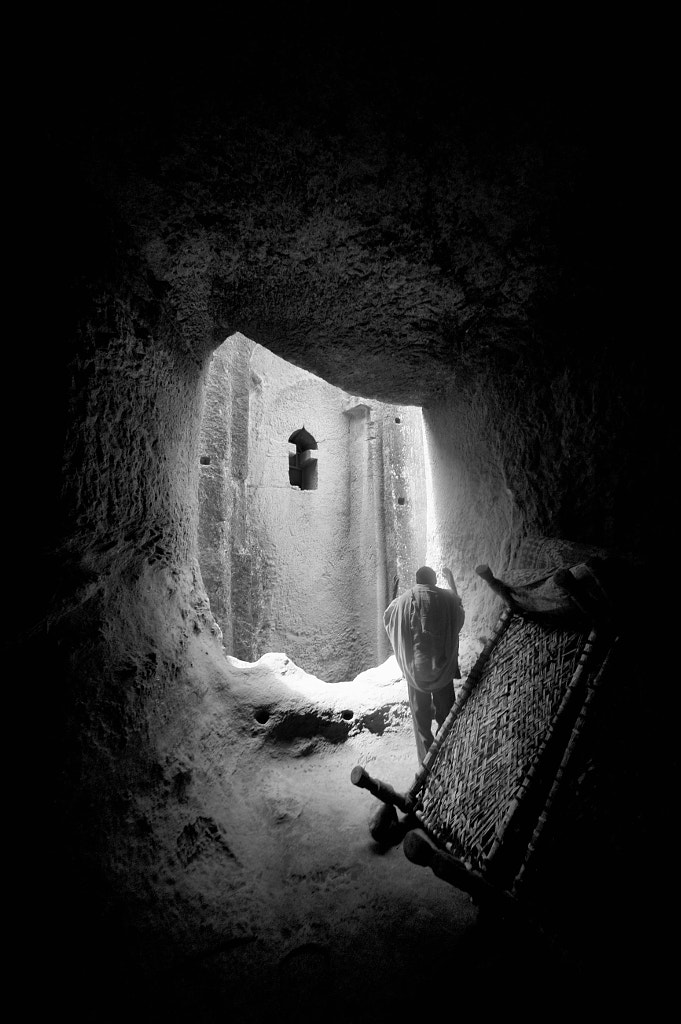

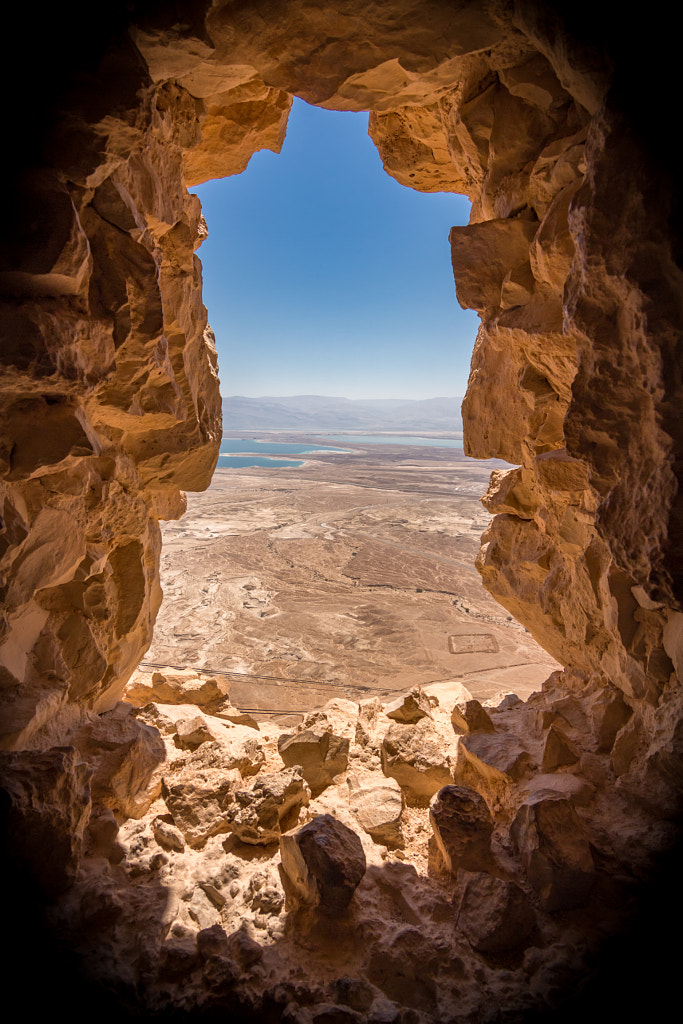

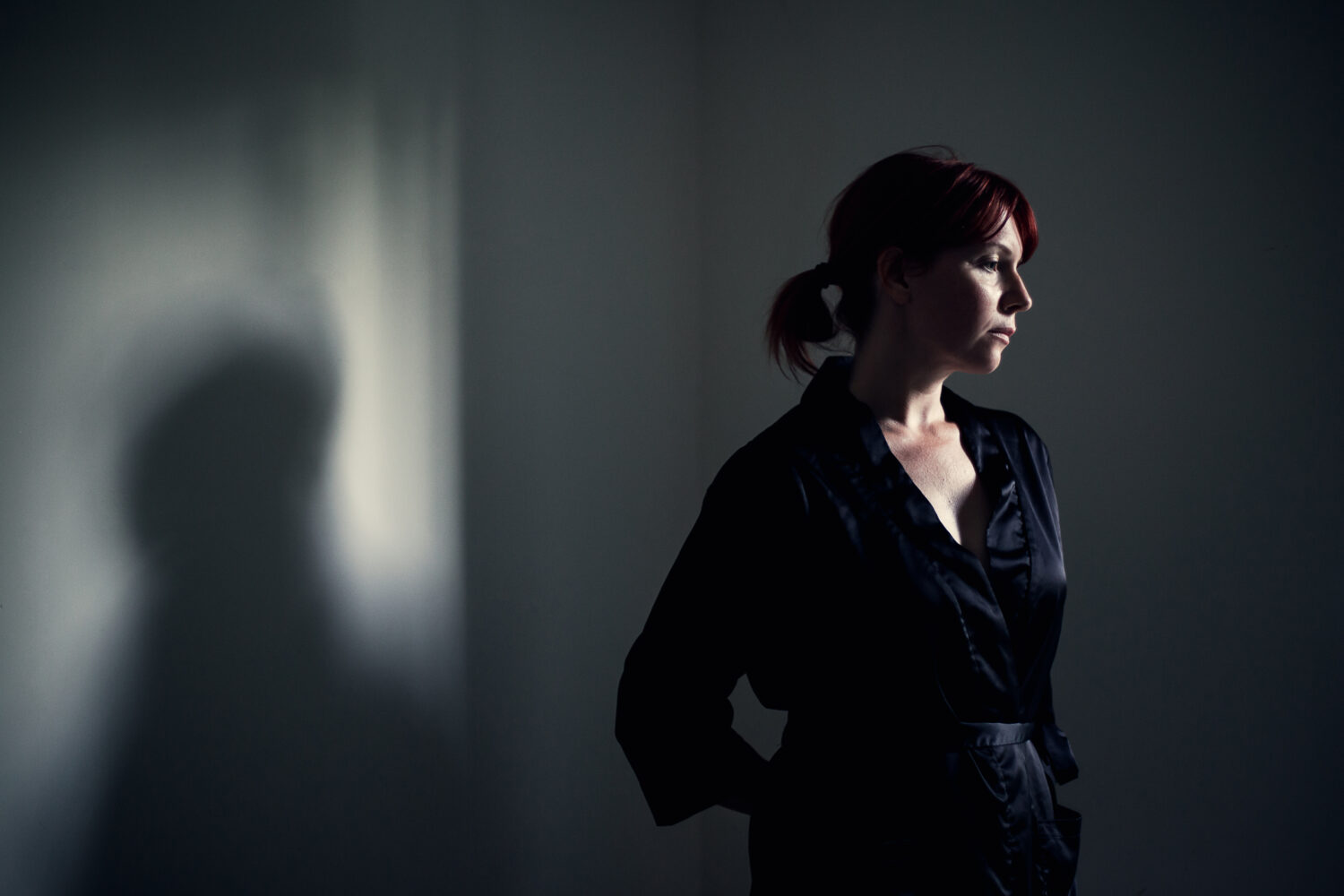

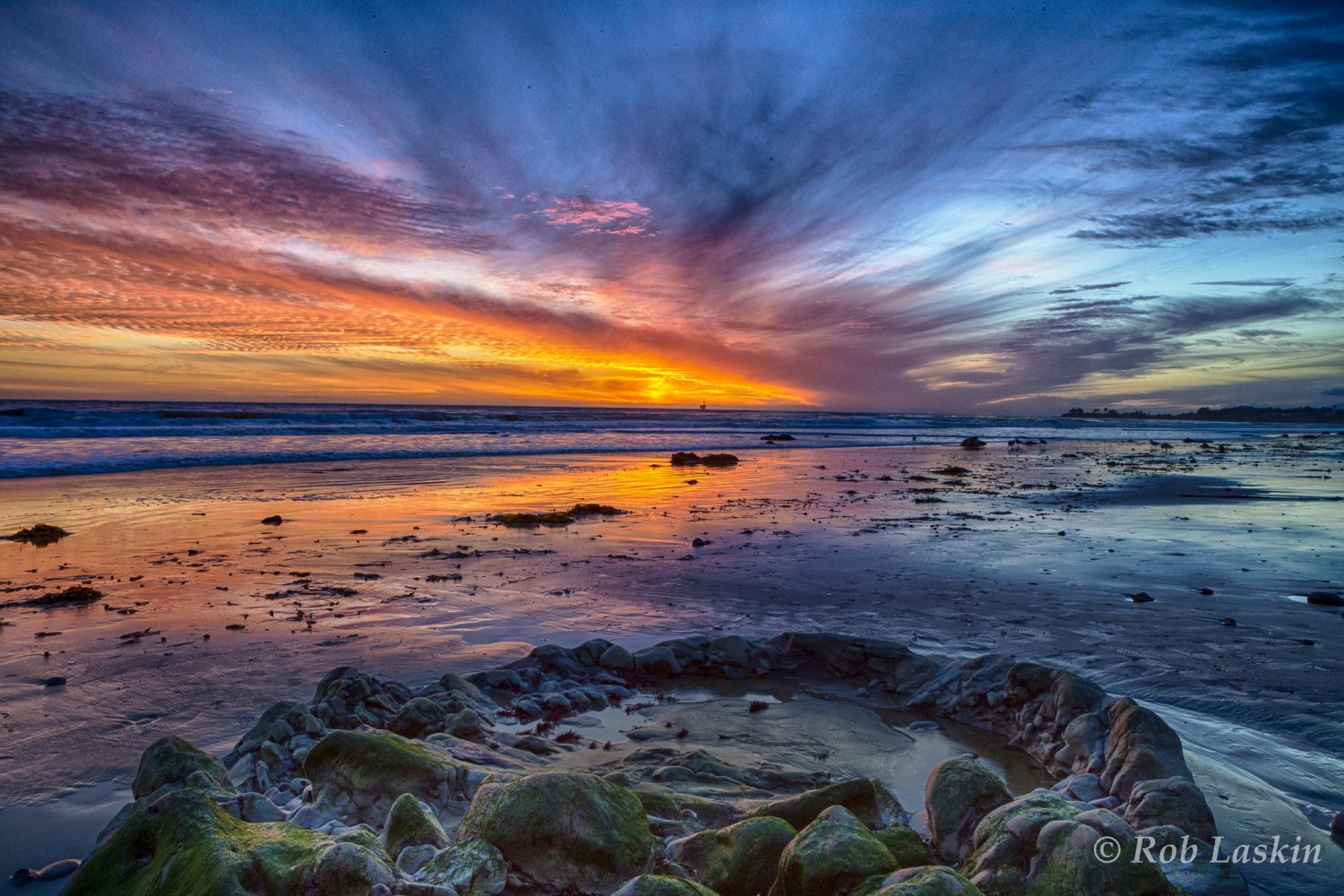
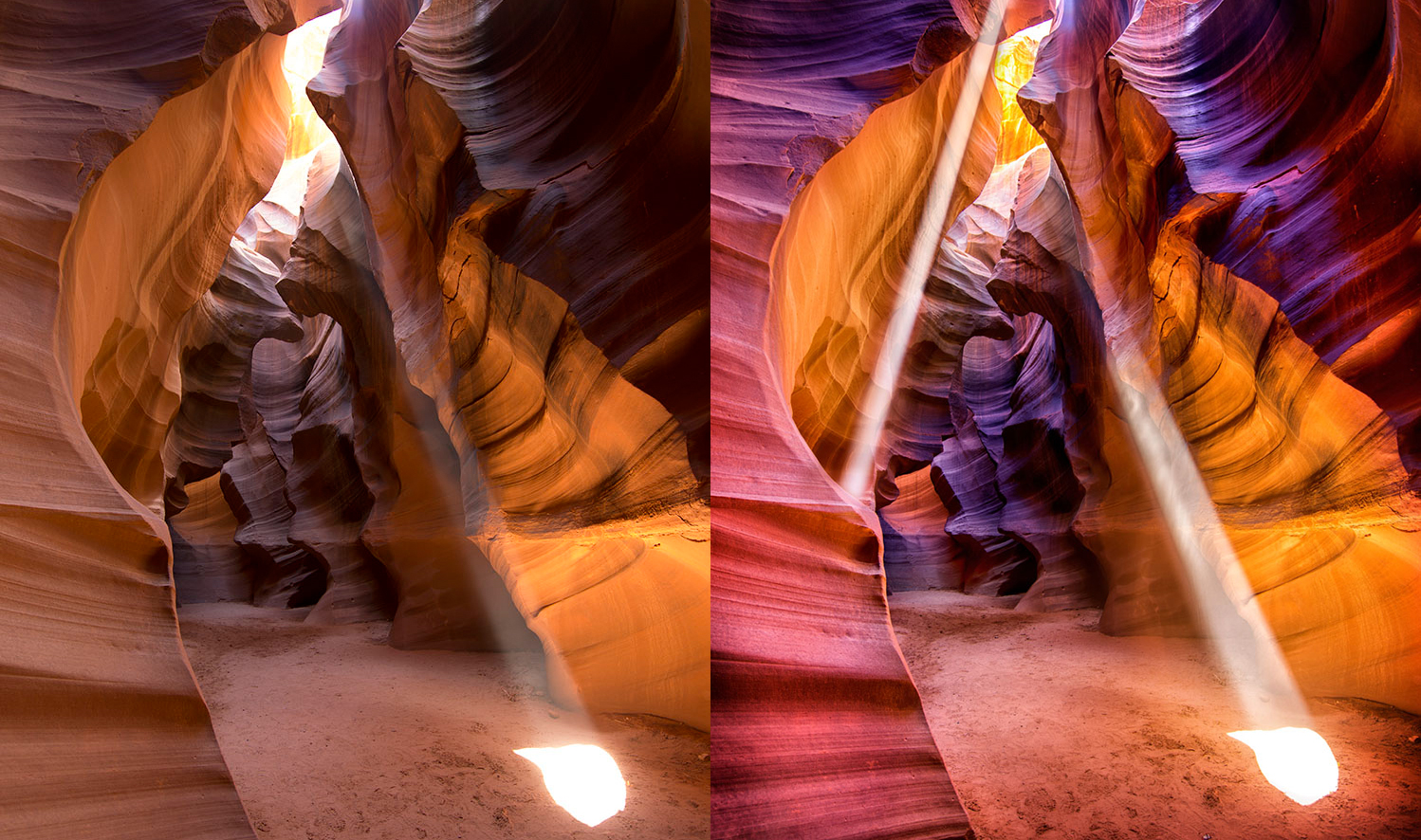
Leave a reply